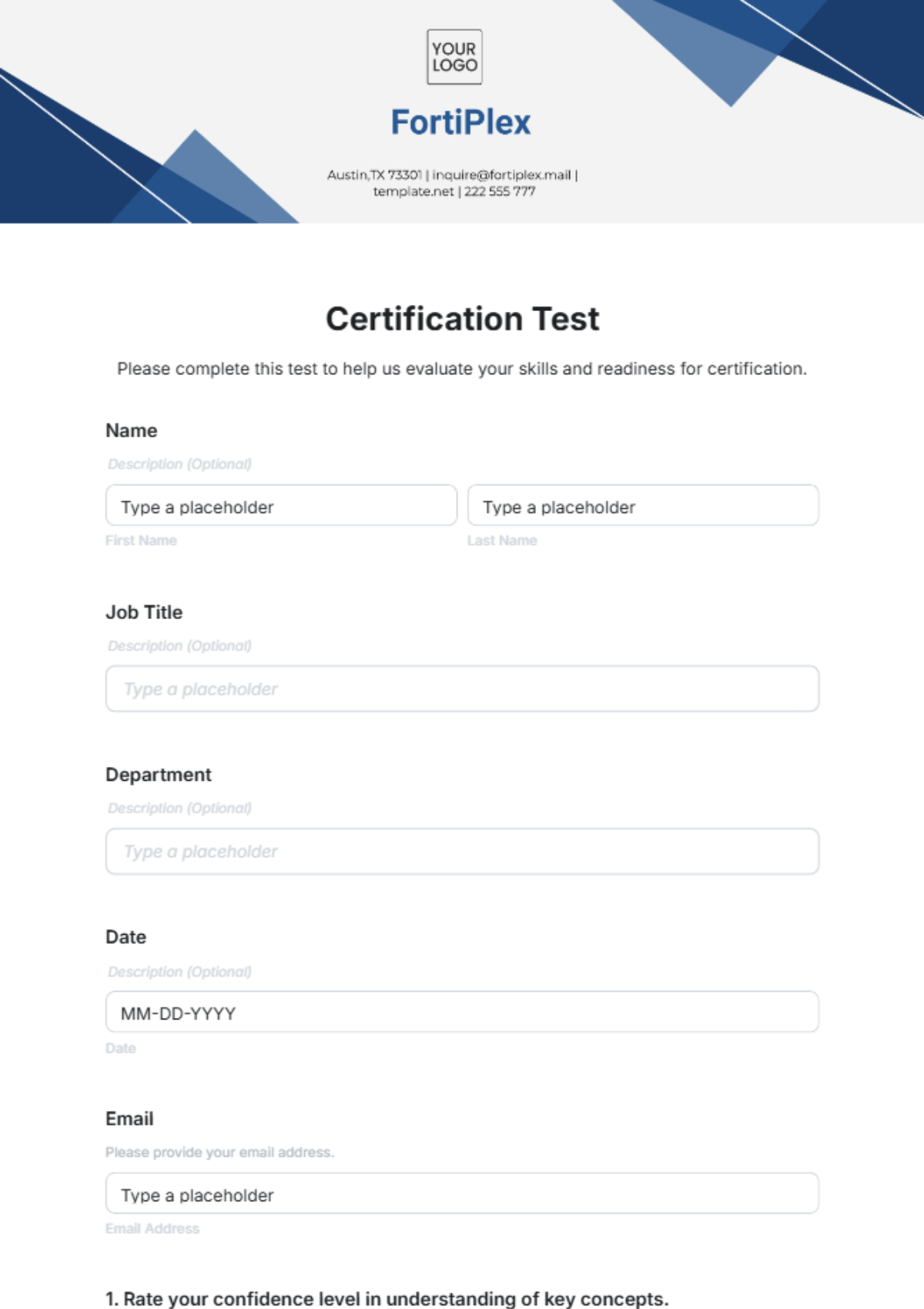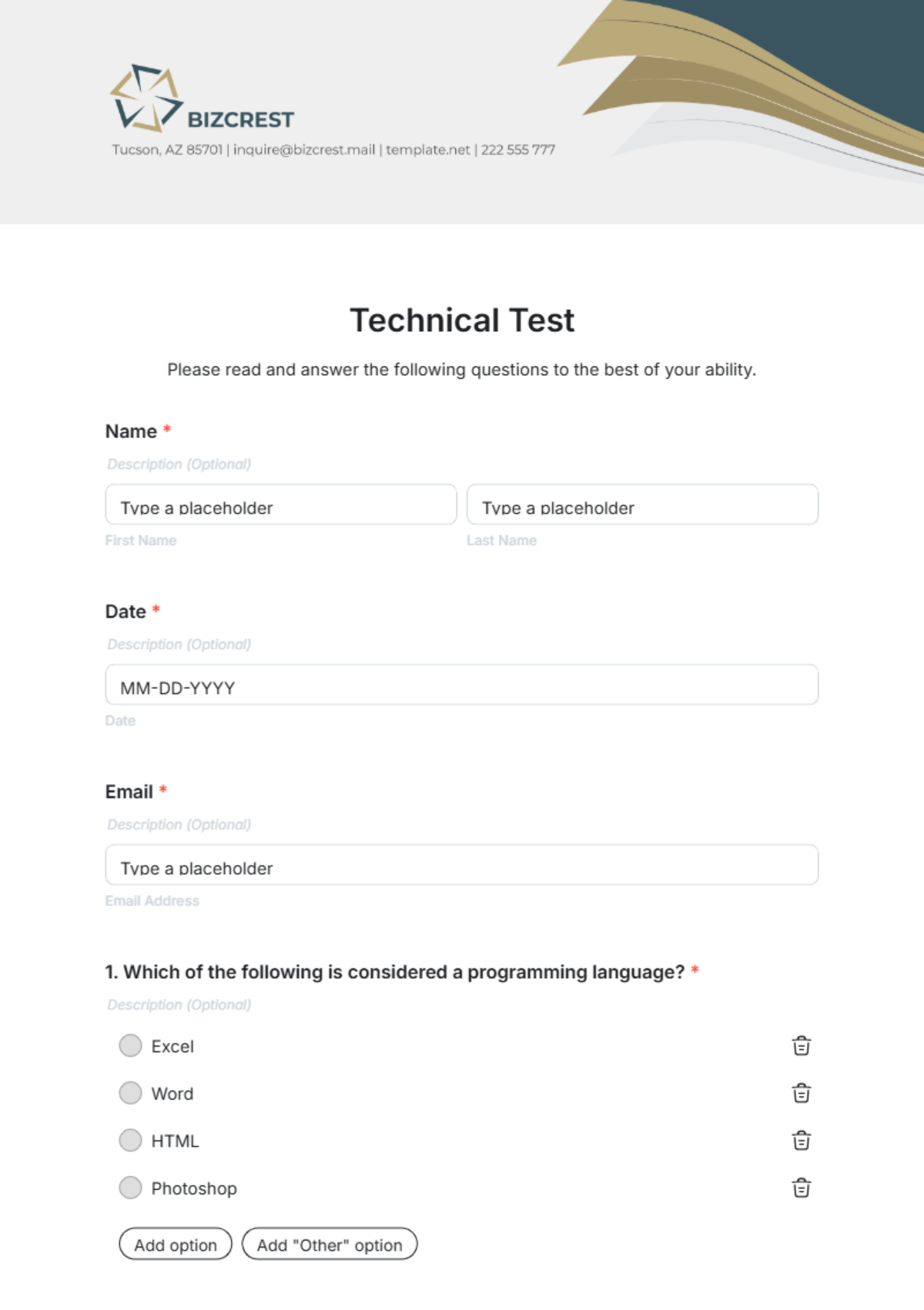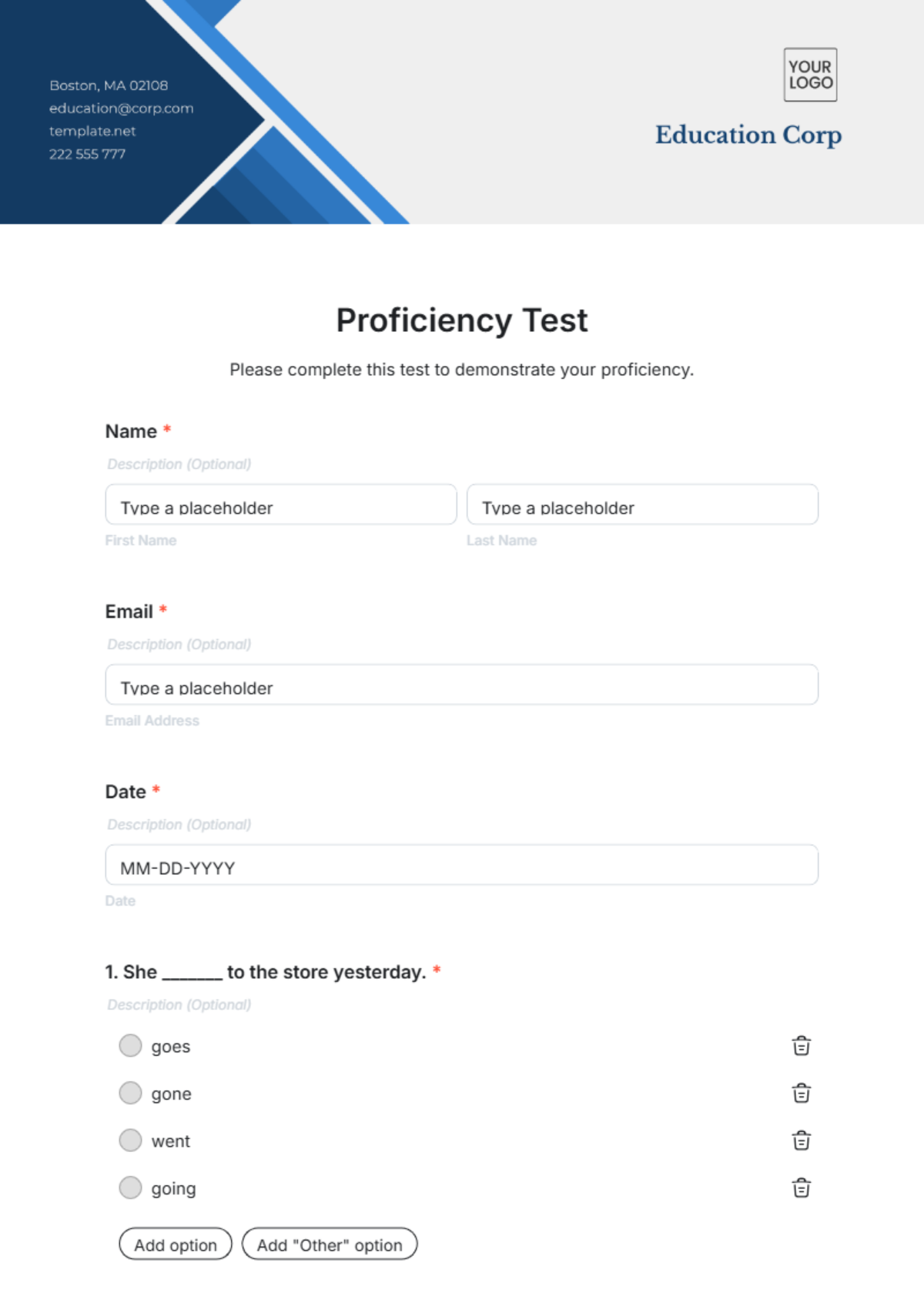Software Non-Functional Test Plan
Prepared by: | [Your Name] |
Company: | [Your Company Name] |
Department: | [Your Department] |
Date: | [Date] |
1. Introduction
This document outlines the non-functional test plan for the software project. It covers the strategies, objectives, scope, and resources required to ensure that the software system meets its non-functional requirements.
1.1 Purpose
The purpose of this test plan is to define the approach and methodology for testing the non-functional aspects of the software, such as performance, usability, reliability, and security.
1.2 Scope
This plan includes testing all non-functional requirements specified in the project documentation. It does not cover functional testing, which is addressed in a separate functional test plan.
2. Objectives
The primary objectives of the non-functional testing are:
To ensure software compliance with defined non-functional requirements.
To validate the performance, usability, reliability, and security of the software.
To identify potential non-functional software risks or issues.
3. Non-Functional Requirements
The following are the key non-functional requirements to be tested:
3.1 Performance Testing
Evaluate the speed, responsiveness, and stability characteristics of the software under various conditions.
3.2 Usability Testing
Assess the user-friendliness, accessibility, and intuitiveness of the software interface and user interactions.
3.3 Reliability Testing
Determine the software’s reliability, availability, and mean time between failures (MTBF).
3.4 Security Testing
Examine the software for vulnerabilities that could be exploited to compromise the confidentiality, integrity, or availability of the system.
4. Test Strategy
The non-functional testing will follow a structured strategy to ensure comprehensive coverage:
Define test scenarios based on requirements.
Create test scripts and cases for specific non-functional requirements.
Execute tests in a controlled environment resembling the production setup.
Document and report all findings and deviations from expected results.
5. Resources
This section outlines the resources required for non-functional testing:
5.1 Test Environment
A dedicated test environment that mimics the production setting to ensure realistic and accurate results.
5.2 Tools
Software tools required for testing include performance testing tools, monitoring tools, and security assessment tools.
5.3 Personnel
The testing team will consist of experienced testers, including performance experts, usability analysts, reliability engineers, and security testers.
6. Evaluation Metrics
Key performance indicators and metrics will be used to evaluate the non-functional test results, such as response time, user satisfaction scores, and security breach reports.
7. Reporting and Feedback
Regular reports will be generated to track progress and share insights. Feedback mechanisms will be established to iteratively improve the testing processes.
8. Conclusion
In conclusion, this test plan provides a comprehensive framework for examining the non-functional aspects of the software to ensure it meets all specified requirements and quality standards. Successful implementation will lead to a robust, reliable, and user-friendly system.







































